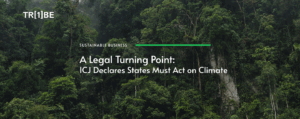
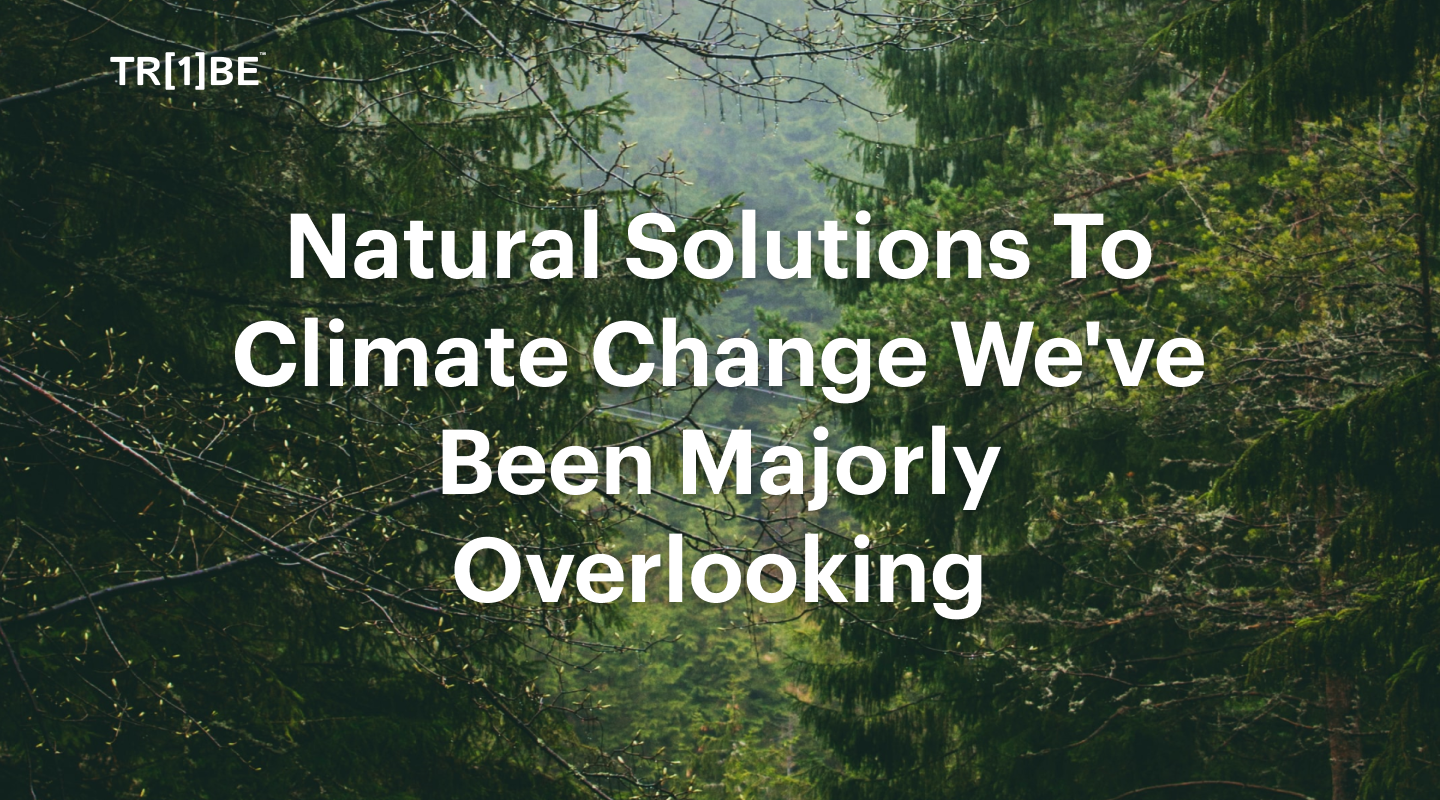
Terrestrial and marine ecosystems play an important role in regulating climate. They are natural solutions capable of absorbing roughly half of man-made carbon emissions.
Although we are aware that forests, oceans, and soil act as natural carbon sinks for the CO2 released into the atmosphere, it wasn’t until recently that scientists figured out just how much nature could contribute to solving the climate crisis.
Thanks to Bronson Griscom, Director of Forest Carbon Science at The Nature Conservancy (TNC), new research was found on how effective nature’s role is in mitigating climate risks can be.
In this article, we will discuss in detail the findings and the role that nature can play in preventing climate change.
Ecologists and climate enthusiasts have mainly focussed on conserving the forest while, perhaps unintentionally, not realising the importance of other biomes – agricultural lands, grasslands, and wetlands – and their ability to mediate the atmosphere.
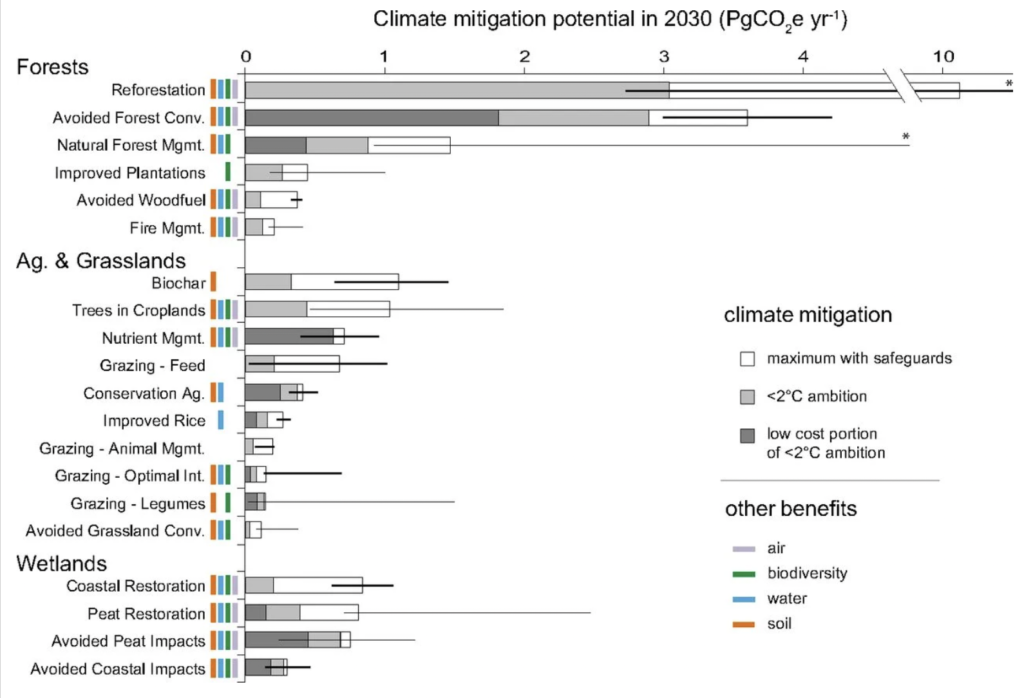
According to the World Resources Institute, forests can sequester 16 billion tonnes of carbon a year- over twice as much as the carbon they put back into the atmosphere.
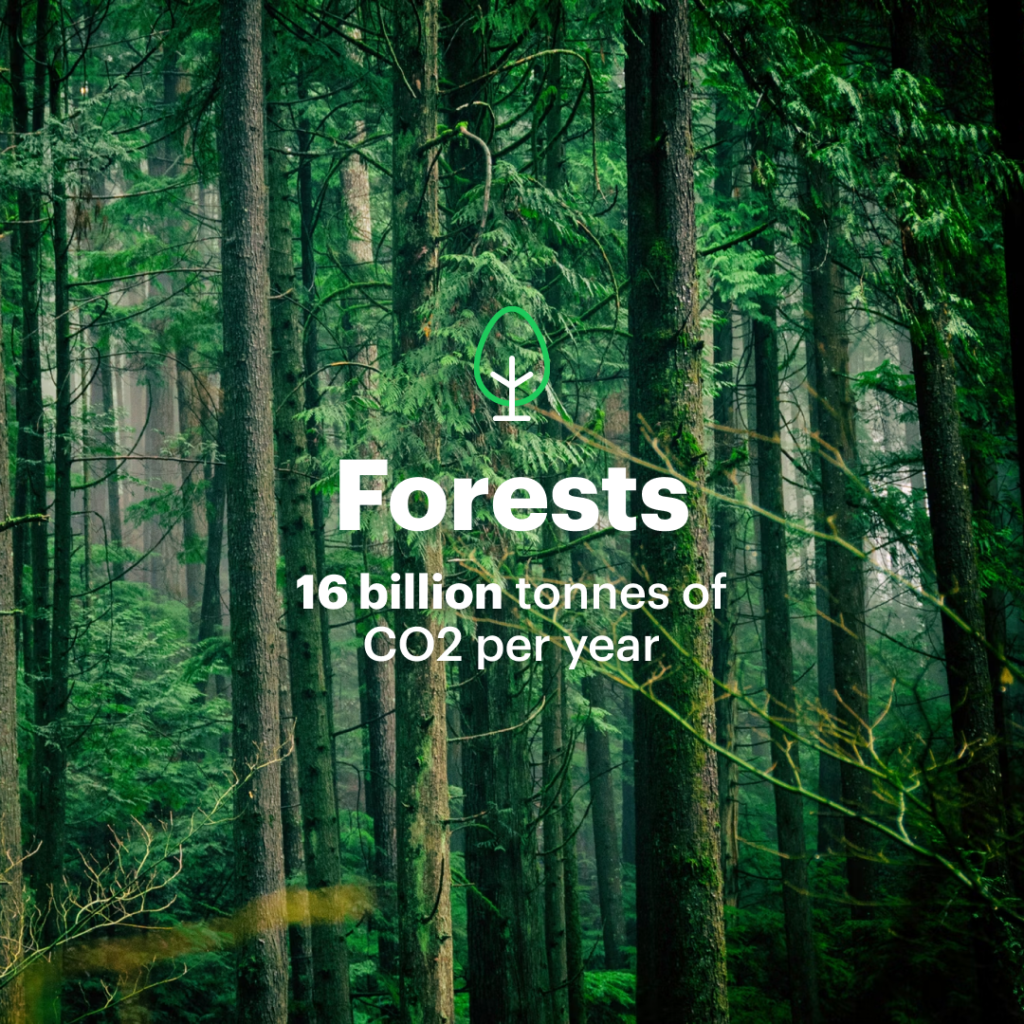
It is estimated that the ocean concentrates 50 times more carbon than the atmosphere. For some scientists, the deep sea and its water column may be the largest carbon sink on Earth
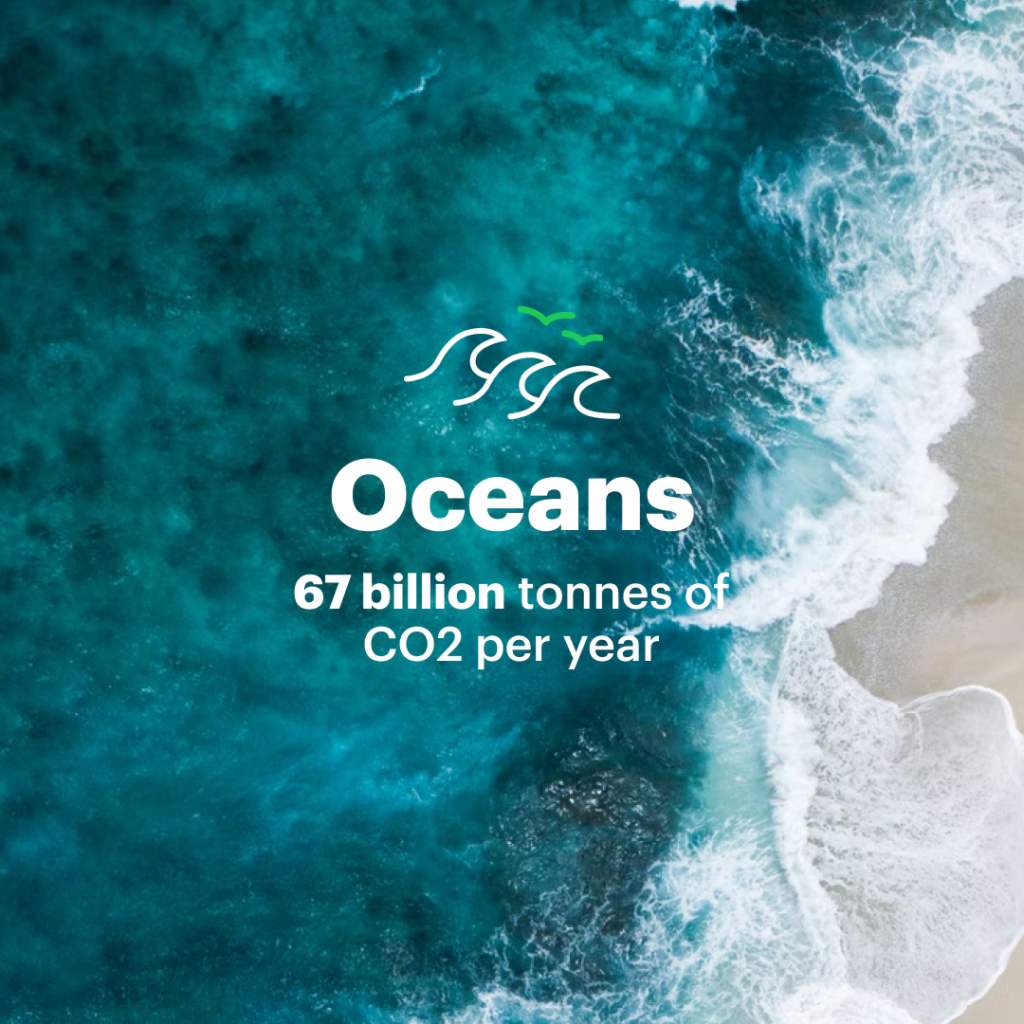
Scientists have estimated that soils—mostly, agricultural ones—could sequester up to 5 billion tonnes of carbon each year.
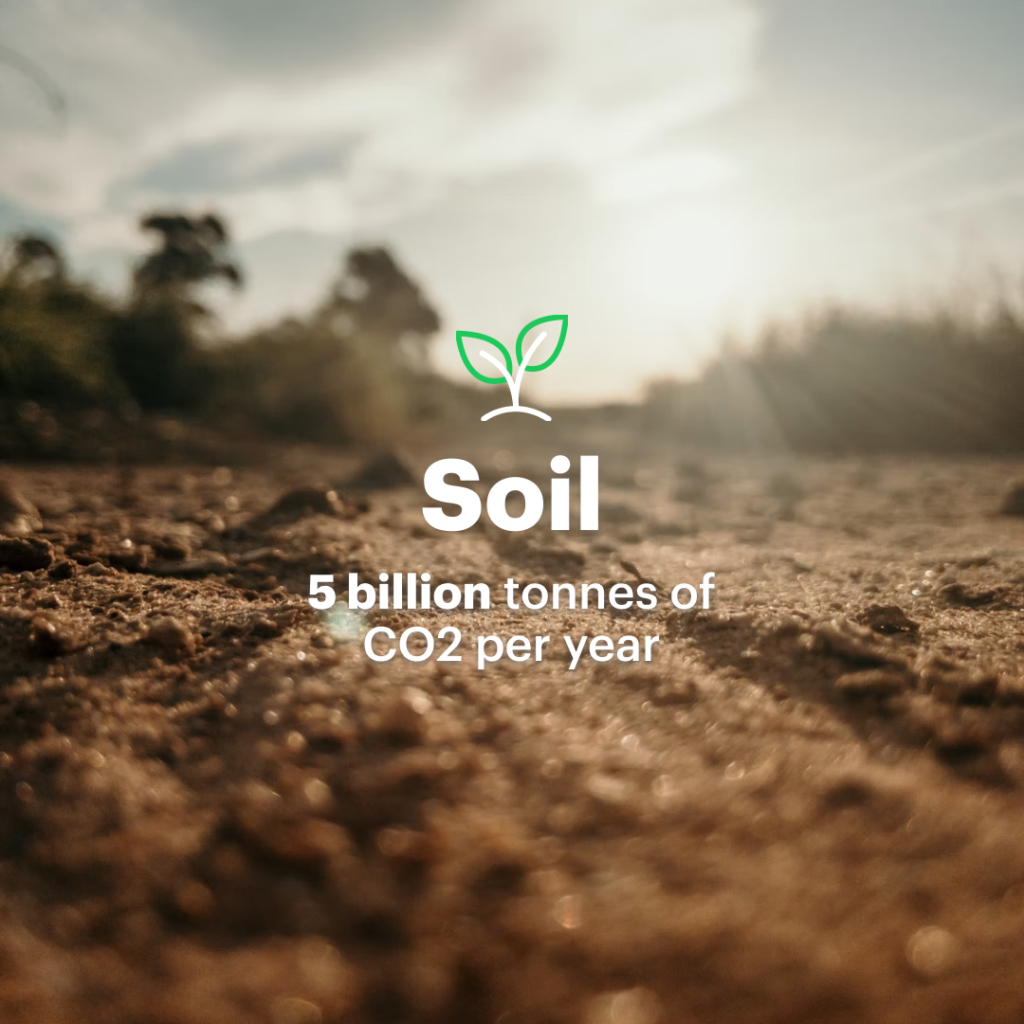
As per the Paris Agreement, it is critical we stop the Earth’s temperature from rising above 1.5 degrees Celsius. And while it’s not like we haven’t already taken measures to reduce our emissions, the reality is we still aren’t doing enough to protect the planet’s natural resources.
The rise and adoption of EVs is a great example of a technology designed to curb carbon emissions but has significantly less impact on preventing climate change than the conservation and protection of natural resources. Technological advancements are rendered useless if we do not step up and take care of our planet first.
Here we are, trying to perfect man-made technologies to produce less emissions, but guess what? Forests, oceans, and soil act as a natural solution to climate change that have perfected the process of carbon absorption over millennia.
Nature-based climate solutions provide up to 37% of emission reductions needed by 2030 to keep the global temperature under 2 degrees celsius – 30% percent more than previously estimated.
This also means that no matter what we can invent in the next few years, we’re unlikely to see a better carbon capture and storage technology than that which nature provides in the form of forests and grasslands.
Natural climate solutions have not yet been properly utilised. Technologies related to clean transport, green energy, and renewable power receive nearly 30 times the amount of public mitigation investment that land-based solutions receive. And out of the funding that is kept aside for natural climate solutions, the vast majority goes to forest protection in developing countries.
The data at hand suggests that globally, forest pathways offer about half of the lowest-cost climate opportunities and the grassland and agriculture pathways account for a quarter, and wetlands nearly a fifth.
So, natural solutions carry a huge scope for the future when it comes to preventing climate impacts. If natural climate solutions are mobilised over the next 10 to 15 years, they could provide 37% of the needed mitigation for global climate targets. In short, we can say “nature is the sleeping giant”.
But there’s also a small catch here – we don’t have time to wait. We need to take the required action now. If action is delayed until after 2030, that number drops to 33%, and drops again to only 22% after 2050.
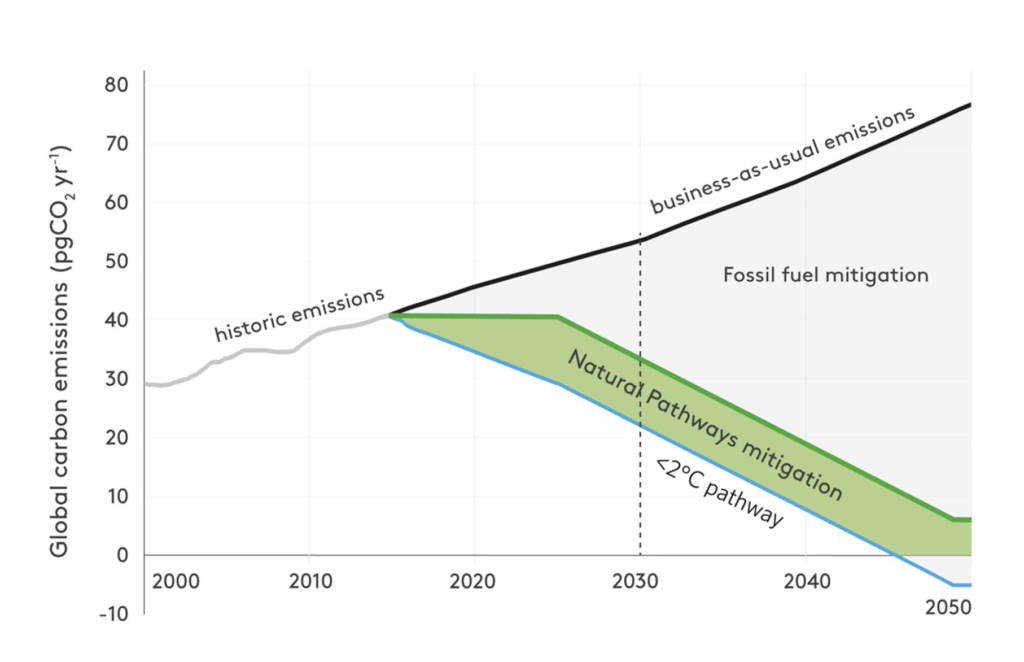
Natural solutions are also highly cost effective when it comes to reducing high volumes of carbon. The implementation of low-cost opportunities comes at only $10 (or even less at a time) per tonne CO2e removed.
Another benefit of natural climate solutions is that they offer more than just carbon reduction capabilities. If natural solutions are properly implemented, they can offer water filtration, flood buffering, improved soil health, protection of biodiversity and their habitats, and enhanced climate resilience.
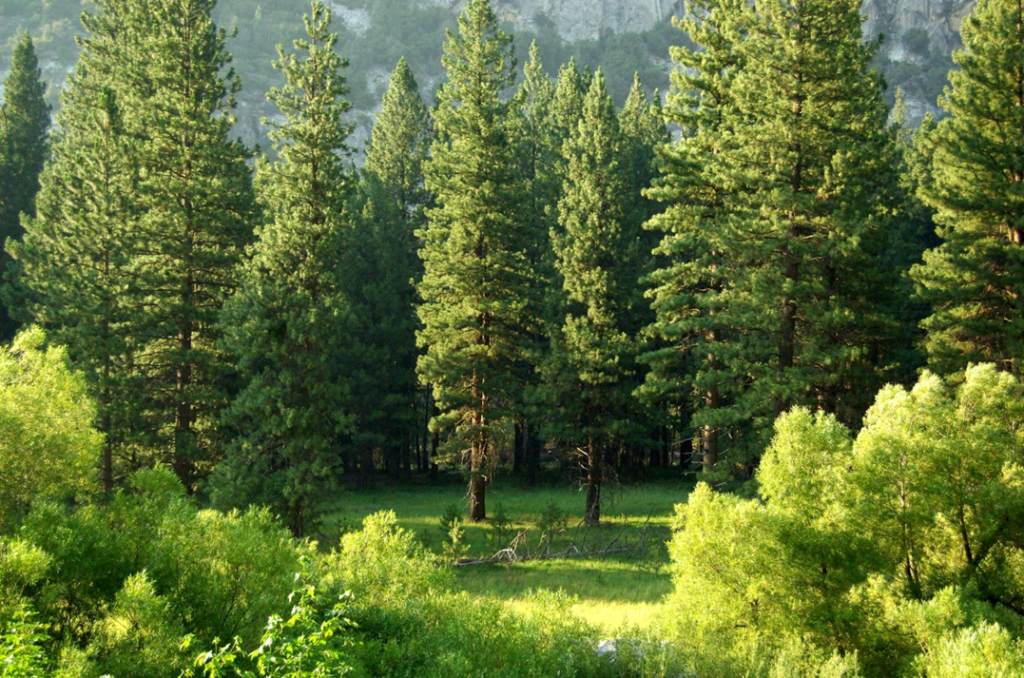
At OneTribe we acknowledge the role of natural climate solutions in combating climate change. By micro-funding conservation projects around the globe, businesses can take immediate action to protect and utilise these natural resources.
Our climate action platform integrates with e-commerce websites to protect endangered forests with every online sale. All payments are certified by One Tribe and these are transferred to our forest conservation partners who work around the clock to protect endangered forestscapes.
Since forests are also home for a wide variety of flora and fauna species of which the several are into the category of endangered or threatened, in this way, our efforts also contribute towards wildlife conservation.
When we talk about nature’s solution to climate change, forests are one of the solutions along with multiple others we need to explore and protect.
For a very long time, we’ve been overlooking the role of natural climate solutions, especially the agricultural lands and wetlands, in reducing or absorbing carbon emissions. But now we realise their full potential, natural solutions are not only effective, but also an efficient and cheap principle to implement into carbon reduction plans.

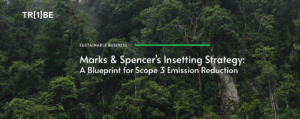
Addressing Scope 3 emissions — the indirect emissions that occur across a

On 23 July 2025, the International Court of Justice (ICJ) issued a
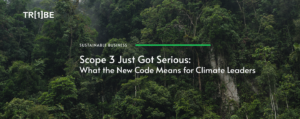
If you’ve been dodging Scope 3 emissions like a difficult Zoom call,
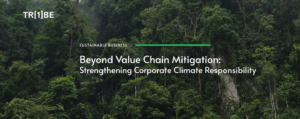
The Science Based Targets initiative (SBTi) has recently introduced a draft update

Carbon offsets play a critical role in helping businesses address unavoidable emissions
Natural solutions to climate change, Solutions to climate change, what are natural solutions to climate change, natural ways we can protect the environment, overlooked solutions to climate change, carbon emissions absorption, solution to carbon emissions, natural carbon sinks, what are carbon sinks?, where is carbon stored?, Bronson Griscom, Forest Carbon Science, The Nature Conservancy (TNC), how nature counteracts climate risks, preventing climate change with nature, importance of grasslands and wetlands in carbon sequestration, importance of grasslands and wetlands for climate change, World Resources Institute, importance of forests for carbon sequestration, importance of forests for climate change, importance of the ocean for carbon sequestration, importance of the ocean for climate change, importance of soil for carbon sequestration, importance of soil for climate change, how much carbon does the ocean store? , what are the main carbon sinks?, where is carbon stored naturally?, cost-effective solutions to climate change, water filtration, flood buffering, how to improve soil health?, biodiversity protection, habitat protection, what is climate resilience?, how to build climate resilience?, fighting climate change, protect natural resources, ways to protect natural resources, how to protect natural resources?, climate action platform, website, e-commerce, eco-platforms, green platforms, forest conservation, wildlife conservation
One Tribe is a Climate Action Platform enabling businesses and their customers to make a positive environmental impact.



Eric currently works as an independent consultant at the intersection of nature and climate, focused on catalysing market and non-market solutions to drive the just transition.
He previously was Head of Product at Earthshot Labs, supporting nature conservation and restoration projects across the global south secure project finance. Prior to Earthshot Labs, Eric led nature-based carbon project development for Gorongosa National Park in Mozambique and founded the Carbon Cooperative, a global alliance of leading nature conservation and restoration practitioners exploring carbon finance. After serving in the Peace Corps in Mozambique out of university, he spent much of his 20s working in community-based conservation and ecosystem restoration efforts in Sub-Saharan Africa interspersed with two startup ventures as co-founder and CEO of a mental health tech startup and COO of a sustainable coffee company. Eric has a dual Masters in Environmental Engineering and Environmental Policy from Stanford University where he was a NSF Graduate Research Fellow and a BS in Environmental Engineering from Tufts University.
Alan is a risk management thought-leader, superconnector, and FinTech pioneer. His mission is to enable an Earth Positive economy which includes nature in global accounting systems.
Alan is Founder of Generation Blue, a venture studio dedicated to planetary game changers powered by exponential technologies. Previously, Alan established Natural Capital Markets at Lykke AG, pioneering blockchain based forestry and carbon backed tokens. Alan has over two decades of risk management experience advising global financial institutions, and was a founding member of the RiskMetrics Group, a JPMorgan spin-off. Alan is an investor and advisor to regenerative impact ventures, including TreeBuddy.Earth, Regenativ, and Vlinder Climate.
Lori Whitecalf made history when she became the first woman to be elected Chief of Sweetgrass First Nation in 2011. She served three terms of office from 2011-2017.
Lori took a two-year hiatus from leadership to expand the family ranch and serve as the FSIN Senior Industry Liaison. She was re-elected on November 29. 2019 and again on November 30, 2021, as Chief of Sweetgrass. Chief Whitecalf practises a traditional lifestyle of hunting, fishing and gathering. She currently sits on the following boards: Saskatchewan Indian Institute of Technology, FSIN Lands and Resource Commission, Battle River Treaty 6 Health Centre and Battleford Agency Tribal Chiefs Executive Council, FSIN Women’s Commission.
Tina is the Chief Business Officer for MLTC Industrial Investments, the Economic Development arm of the Meadow Lake Tribal Council. She has a diverse background of experience. Having spent 15 years as a municipal Chief Operating Officer, 20 years involved in Saskatchewan’s Health Authority Board Keewatin Yatthe and 9 years with Northern Lights Board of Education.
She continues as a Board Member with Beaver River Community Futures supporting small business development in her home region. Tina brings a wealth of experience in a variety of fields and many connections to the Indigenous communities of Northern Saskatchewan. In addition Tina holds a BA Advanced from the U of S, a Certificate in Local Government Authority from the U of R and is certified as a Professional Economic Developer for Saskatchewan and a certified Technician Aboriginal Economic Developer (TAED).
Tootoosis’ career spans 40+ years in HRM, political leadership, and Indigenous economic development, as a dedicated bridge builder and advocate for Indigenous causes.
As a key member of the Saskatoon Regional Economic Development Authority (SREDA) team since 2021, he develops strategies for the Truth and Reconciliation Commission final report and Call to Action #92.
He is a graduate of the First Nations University of Canada and a certified Professional Aboriginal Economic Developer. Spearheading various community initiatives while serving as a Chair of the SIEDN while directing ILDII and WIBF. Founder of MGT Consulting Tootoosis is based in Saskatoon, Treaty Six Territory.
Cy Standing (Wakanya Najin in Dakota) has a long and distinguished career including serving overseas as an Electronics Technician in the Royal Canadian Air Force, former Chief of Wahpeton Dakota Nation, former Vice Chief of the Federation of Saskatchewan Indigenous Nations (FSIN), past Executive Director of Community Development Branch of the Department of Northern Saskatchewan as well as an Order in Council appointment to the Federal Parole Board.
Mr. Standing has served as a Director on many Profit and Non-Profit Corporate Boards, including serving as a Director for Affinity Credit Union with assets of over six billion dollars as well as IMI Brokerage and Wanuskewin and is currently a member of the One Tribe Indigenous Carbon Board.